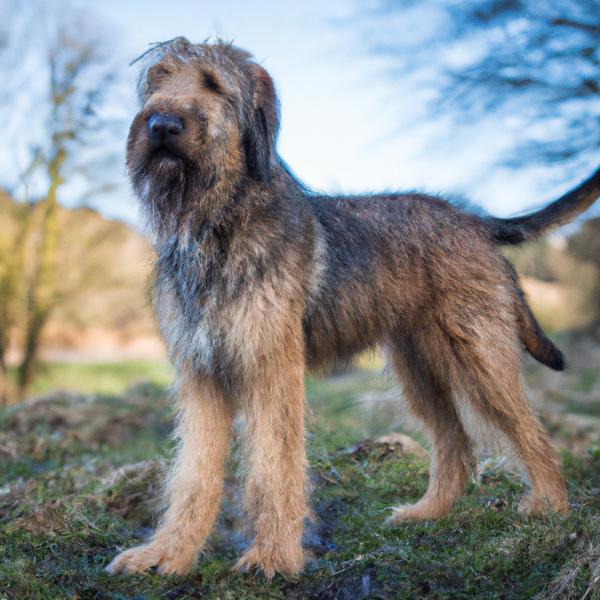Otterhound vs. Bostie: Breed Differences and Similarities
Hypoallergenic
Are Otterhounds or Bosties hypoallergenic, or neither?
Unfortunately, neither Otterhound nor Bostie are hypoallergenic, which may not make them the best choice for dog lovers who suffer from pet allergies.
Temperament
What are the personalities of Otterhound and Bostie dogs?
Amiable
Outright
Tempered
Boisterous
Playful
Independent
Alert
Courageous
Intelligent
Friendly
Affectionate
Lively
Gentle
Aggressive
Shedding Level
Do Otterhounds shed more than Bosties, or which breed sheds more, Otterhounds or Bosties?
Otterhounds are heavy shedders, but regular brushing can help manage shedding and promote a healthy coat.
Bosties are low shedding dogs, requiring minimal coat care.
Watchdog Ability
Which dog breed makes a better watchdog, the Otterhound or Bostie?
The Otterhound and Bostie breeds are not the best choice if you want good watchdogs. If you're looking for guard dogs, these breeds are not the right ones for you. They will 'watch' everything - but that's usually as far as they go.
Ancestry
What are the origins of Otterhound and Bostie breeds?
griffon nivernais
Boston Terriers, West Highland White Terrier
Breed recognition
Which kennel clubs recognize/register Otterhound and Bostie?
American Kennel Club
Australian National Kennel Council
Canadian Kennel Club
Continental Kennel Club
Federation Cynologique Internationale
Kennel Club of Great Britain
National Kennel Club
New Zealand Kennel Club
United Kennel Club
ACHC = American Canine Hybrid Club
DDKC = Designer Dogs Kennel Club
DRA = Dog Registry of America, Inc.
IDCR = International Designer Canine Registry®
Date of Birth
When were Otterhound and Bostie breeds first developed?
1300s
Unknown
Eye Color Possibilites
What are the eye colors of Otterhound and Bostie dogs?
Hazel
Brown
Brown
Nose Color Possibilites
What are the natural nose colors of Otterhound and Bostie?
Black
Brown
Black
Coat Color Possibilites
What are the natural colors of the coat for Otterhound and Bostie breeds?
Cream
Brown
Black
White
Fawn
Blue
Gray
Black
White
Brindle
Brown
Coat Length
What is the typical coat length for Otterhound and Bostie breeds?
Otterhounds have medium-length coats.
Bosties are known for their coat length.
Coat Density
What is the density of the coat of Otterhound and Bostie?
Coat Texture
What is the hair texture of Otterhound and Bostie?
Wiry
Litter Size
What is the usual litter size for Otterhound and Bostie?
An Otterhound can have a litter of 10-12 puppies on average. However, it's worth noting that the size of the litters can vary greatly. Factors that can influence litter size include the health of the mother, breeding history, and genetics.
A Bostie can have a litter of 3-5 puppies on average. However, it's worth noting that the size of the litters can vary greatly. Factors that can influence litter size include the health of the mother, breeding history, and genetics.
Adaptability
Otterhounds have average adaptability to changes in lifestyle and living environments compared to other breeds.
Bosties are highly adaptable and versatile, making them excellent companions for families and individuals of all lifestyles.
Health Issues
Between Otterhound and Bostie, which breed is more prone to health problems?
Otterhounds are susceptible to health issues like all breeds, so it's important to monitor their health and seek veterinary care when needed.
Bosties typically have low vet costs due to their good health, but it's important to monitor their health and seek vet care when necessary.
Major Concerns
What are the major health concerns for Otterhound and Bostie breeds?
Hip Dysplasia
Congenital Heart Defect
Patellar Luxation
Globoid Cell Leukodystrophy
Legg-Calve-Perthes Disease
Craniomandibular Osteopathy
Minor Concerns
What minor health issues should be kept in mind when owning Otterhound and Bostie?
Elbow Dysplasia
Thrombopathia
Deafness
Cataracts
Copper Poisoning
Occasional Tests
What occasional tests are recommended for Otterhound and Bostie breeds?
Hip
Elbow
Blood
Blood Test
X-Rays
Physical Examination
Biopsy
Orthopedic
Brain Auditory Evoked Response (BAER)
Internal Imaging (x-ray, CT scan, MRI, etc.)
Blood And Urine Analysis
Ophthalmology
Energy
How do the energy levels of Otterhounds and Bosties compare?
Otterhounds thrive on an active lifestyle due to their high-energy nature.
Bosties are a good choice for a low-key lifestyle due to their low energy levels.
Social Needs
Otterhound vs Bostie social needs comparison
Otterhound has average social needs and is less independent than other breeds.
Bostie has above average social needs and thrives with interaction with humans and other dogs.
Exercise Needed
Otterhound vs Bostie exercise need comparison.
Otterhounds need high physical activity and are ideal for active individuals, but not suitable for sedentary lifestyles or small apartments.
Bosties require significant physical activity and suit those with an active lifestyle.
Sleeping Need
Which of the two sleeps the most/least: Otterhound or Bostie?
Otterhounds are active and require sufficient sleep to stay healthy.
Bosties sleep less than other breeds but still need adequate sleep for good health.
Tendency to Bark
Do Otterhounds or Bosties bark more/less frequently?
Otterhound and Bosties tend to bark moderately, they bark when necessary, such as to alert their owner or to communicate something. They may also bark due to certain triggers like fear, alarm, boredom, greeting, separation anxiety and compulsive barking.
Mouthiness
Mouthiness Comparison: Otterhound vs Bostie?
Roaming urge
Otterhound vs Labrador: Running away tendency?
Prey Drive
Otterhound or Bostie - which breed has a higher level of prey drive?
Activity Level
Which breed has higher energy, Otterhounds or Bosties?
Both Otterhound and Bostie are medium-energy dogs that enjoy socializing and playing with other dogs. They may engage in casual or sustained games of chase, and occasionally have bursts of barking or racing around the house.
Tolerance of being left alone
Walks per Week
How many miles should Otterhound or Bostie walk each week?
There's really no limit to how far you walk your dog as long as they're comfortable. For Otterhound, it's at least 7 miles / week. Just remember to build distance and stamina gradually over time.
There's really no limit to how far you walk your dog as long as they're comfortable. For Bostie, it's at least 6 miles / week. Just remember to build distance and stamina gradually over time.
Activity per Day
Do Otterhounds or Bosties require more exercise?
In general most Otterhounds usually need at least 45 minutes of exercise daily. This can be spread across the day and include all sorts of high-energy activities, like walking, running and playing.
In general most Bosties usually need at least 60 minutes of exercise daily. This can be spread across the day and include all sorts of high-energy activities, like walking, running and playing.
Grooming
Which breed is easier to maintain in terms of grooming, Otterhounds or Bosties?
Otterhounds require significant grooming, including regular trims and professional grooming assistance to maintain their coat. They may also require frequent bathing to keep their coat and skin healthy.
The Bostie requires an average amount of grooming compared to other breeds.
Brushing Frequency
What is the recommended brushing frequency for Otterhound and Bostie dogs?
Otterhound should be brushed at least once a week. Of course you can give them more frequent brushes if you find that they are still shedding a lot
Ideally, Bostie should be brushed at least 2 or 3 times a week (preferably daily) improve shedding.
Brushing Tools
What brushing tools are used for Otterhounds and Bosties?
Slicker Brush
Comb
Clipper
Nail Clipper
Slicker Brush
Comb
Nail Clipper
Cups
How much food should be given to Otterhound or Bostie in cups?
For an average 90-110 pound (41 - 50 kg) Otterhound feed 3 cups daily. But, keep in mind, the amount you feed is going to be dependent on the quality of the food you are feeding.
For an average 15-20 pound (7 - 9 kg) Bostie feed 1 cups daily. But, keep in mind, the amount you feed is going to be dependent on the quality of the food you are feeding.
Daily Cost
Which breed has a higher daily cost, Otterhound or Bostie?
The average cost of an Otterhound is somewhere $2.10 - $2.70 per day.
The average cost of a Bostie is somewhere $1.10 - $1.40 per day.
Monthly Cost
Which breed has a higher monthly cost, Otterhound or Bostie?
The average per month expenses of an Otterhound is between $55 - $73. This makes an average of $660 - $876 per year. It will be on the higher side when the dog is still small because it will need more frequent visits to the vet, shots.
The average per month expenses of a Bostie is between $28 - $42. This makes an average of $336 - $504 per year. It will be on the higher side when the dog is still small because it will need more frequent visits to the vet, shots.
Intelligence
Comparing Intelligence: Otterhounds vs Bosties
Otterhound and Bostie have average obedience intelligence, but they're also independent thinkers. This breed is known for having an exceptionally high IQ, which means they may get into trouble if left to their own devices.
Sensitivity Level
How do Otterhound and Bostie compare in sensitivity?
Otterhounds are adaptable and resilient, making them ideal for those seeking a less sensitive pet.
This breed is sensitive to its environment and best suited for patient and understanding families with a consistent routine.
Affection Dependance
Which is the more affectionate dog breed: Otterhound vs Bostie?
Apartment Friendly
Which breed is more apartment-friendly: Otterhound or Bostie?
The Otterhound is not suitable for apartments and requires a large yard to thrive. Pent-up energy in small spaces can lead to destructive behavior.
The Bostie is a great apartment dog, thriving with sufficient exercise and time outside as part of their daily routine.
Child Friendly
Do Otterhounds or Bosties have a friendlier temperament towards children?
Otterhounds are good with kids if socialized and trained from a young age.
Bosties make excellent family pets for kids due to their gentle, protective nature and calm temperament.
Senior-friendly
Which dog is more suitable as a pet for the elderly - Otterhound or Bostie?
Cat Friendly
Do Otterhound or Bostie breeds have a better compatibility with cats?
Otterhounds are average in their friendliness toward cats and tend to do well with them, especially if raised together.
Bosties are good with cats, but early training is needed to prevent chasing behavior.
Dog Friendly
Which breed is more sociable with other dogs: Otterhound or Bostie?
Otterhounds are average in their friendliness towards other dogs, and socialization can help.
Bosties are generally very friendly towards other dogs, with a happy and affectionate temperament.
Pet friendly
How do Otterhound or Bostie dogs interact with other pets?
Stranger Friendly
Which breed is more friendly with strangers: Otterhound or Bostie?
Otterhounds are quick to announce strangers and can be standoffish or suspicious.
Bosties are friendly but may bark at strangers, and training is easy due to their intelligence.
Playfulness
Which breed is more playful between Otterhound and Bostie?
Otterhounds are very playful, so adopting an older one might be a better option for a more relaxed experience.
Bosties are a playful breed that needs daily playtime to be happy.
Trainability
How do the trainability levels of Otterhounds and Bosties compare?
Otterhound and Bostie dogs are known for their ease of training and ability to learn quickly, making them a popular choice for pet owners and trainers alike.
Compare Otterhound with other breeds
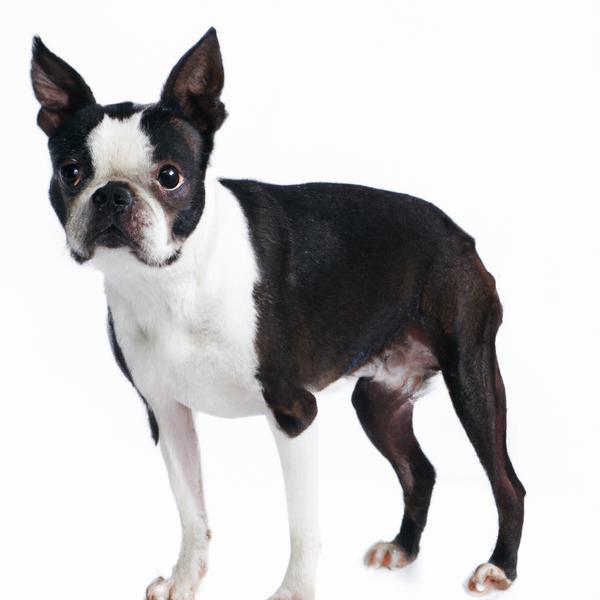
Boston Terrier
Otterhound vs Boston Terrier
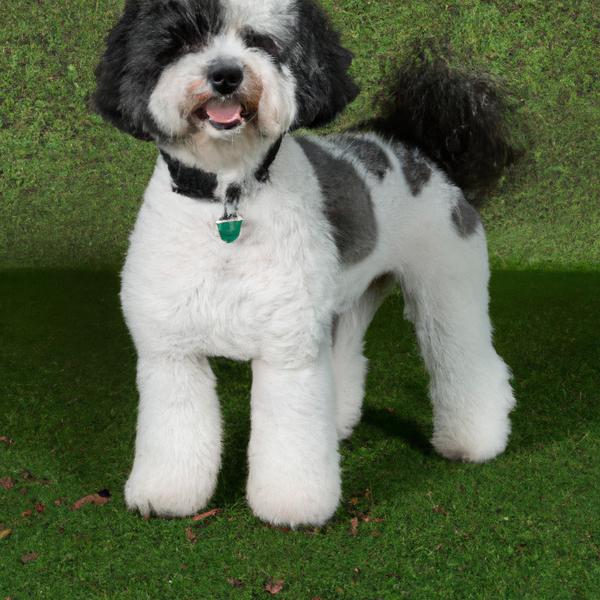
Bostchon
Otterhound vs Bostchon
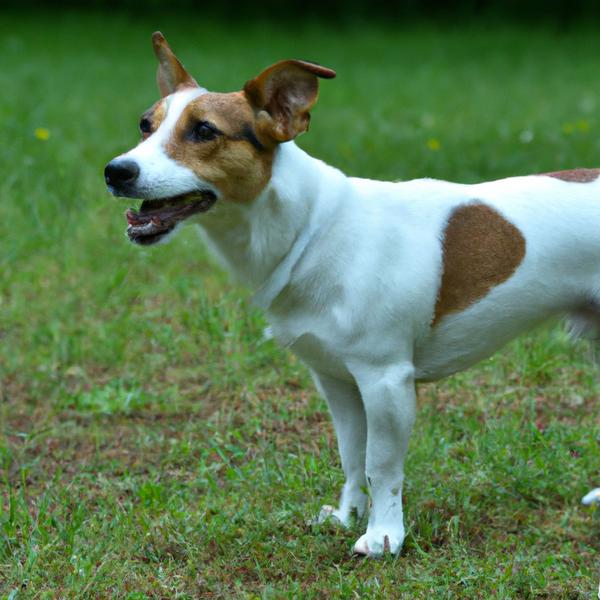
Jack-A-Ranian
Otterhound vs Jack-A-Ranian

Beacol
Otterhound vs Beacol
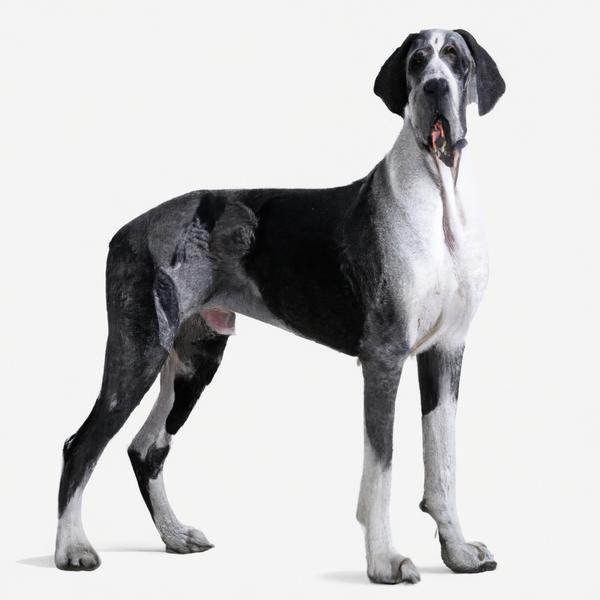
Saint Dane
Otterhound vs Saint Dane
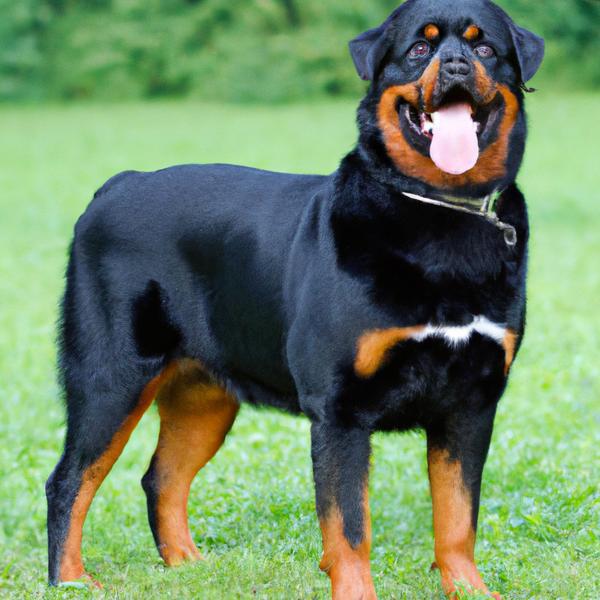
Bernese Rottie
Otterhound vs Bernese Rottie
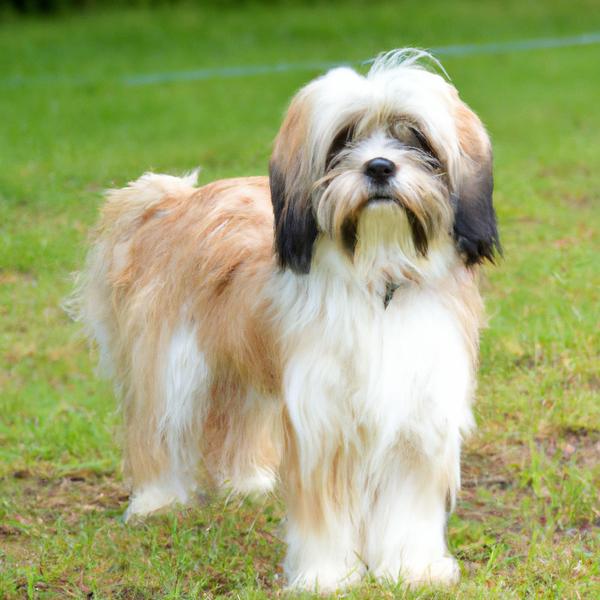
Malton
Otterhound vs Malton
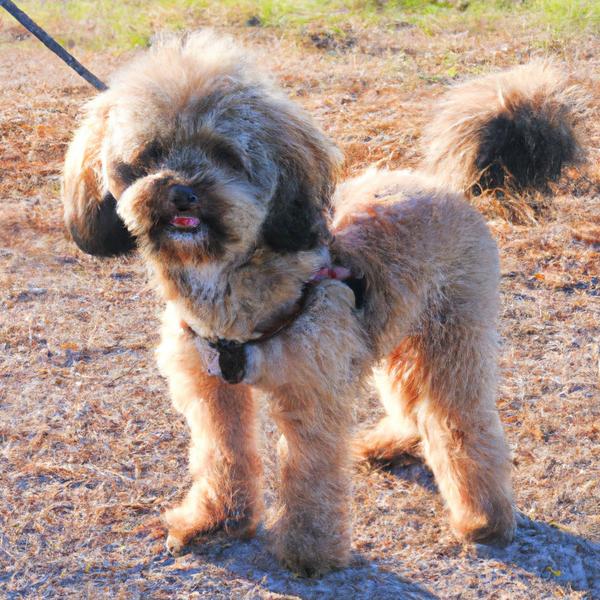
Poo-Ton
Otterhound vs Poo-Ton
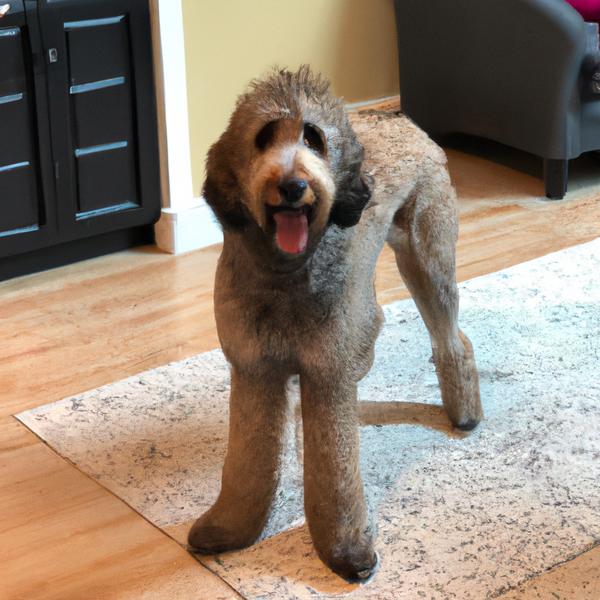
Great Danoodle
Otterhound vs Great Danoodle
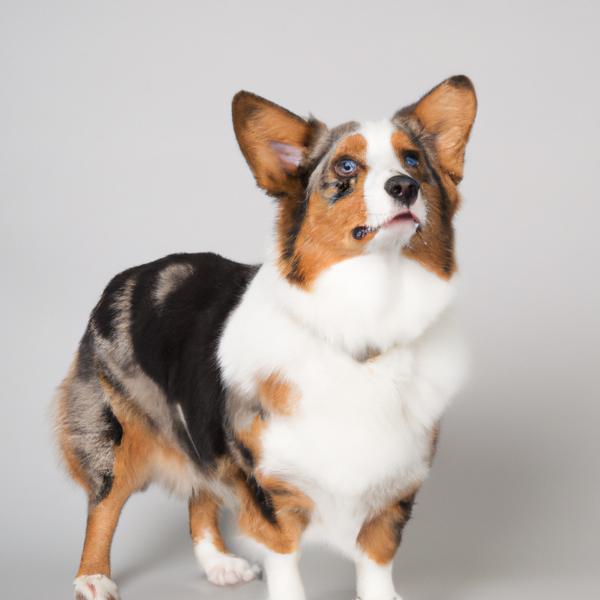
Aussie-Corgi
Otterhound vs Aussie-Corgi
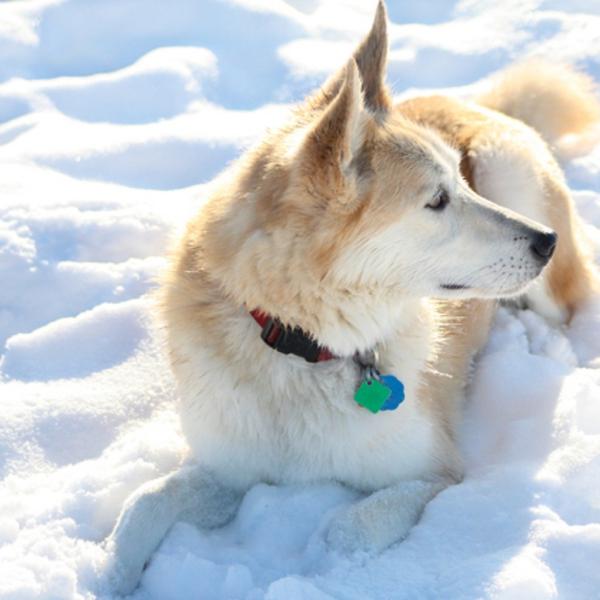
Labrador Husky
Otterhound vs Labrador Husky
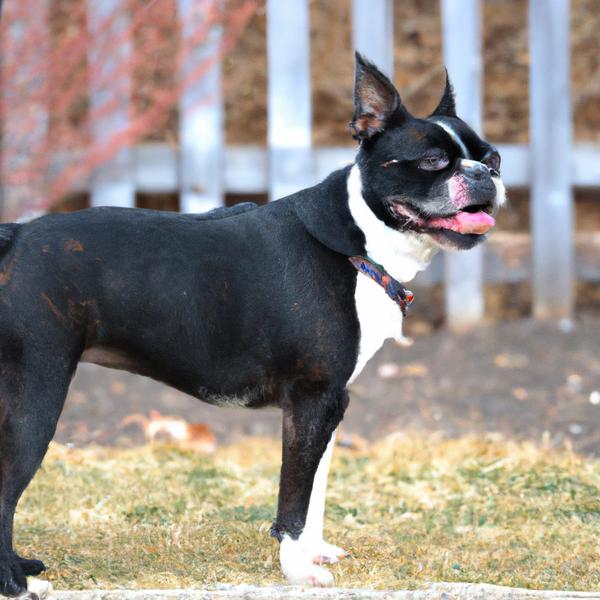
Bostie
Otterhound vs Bostie
